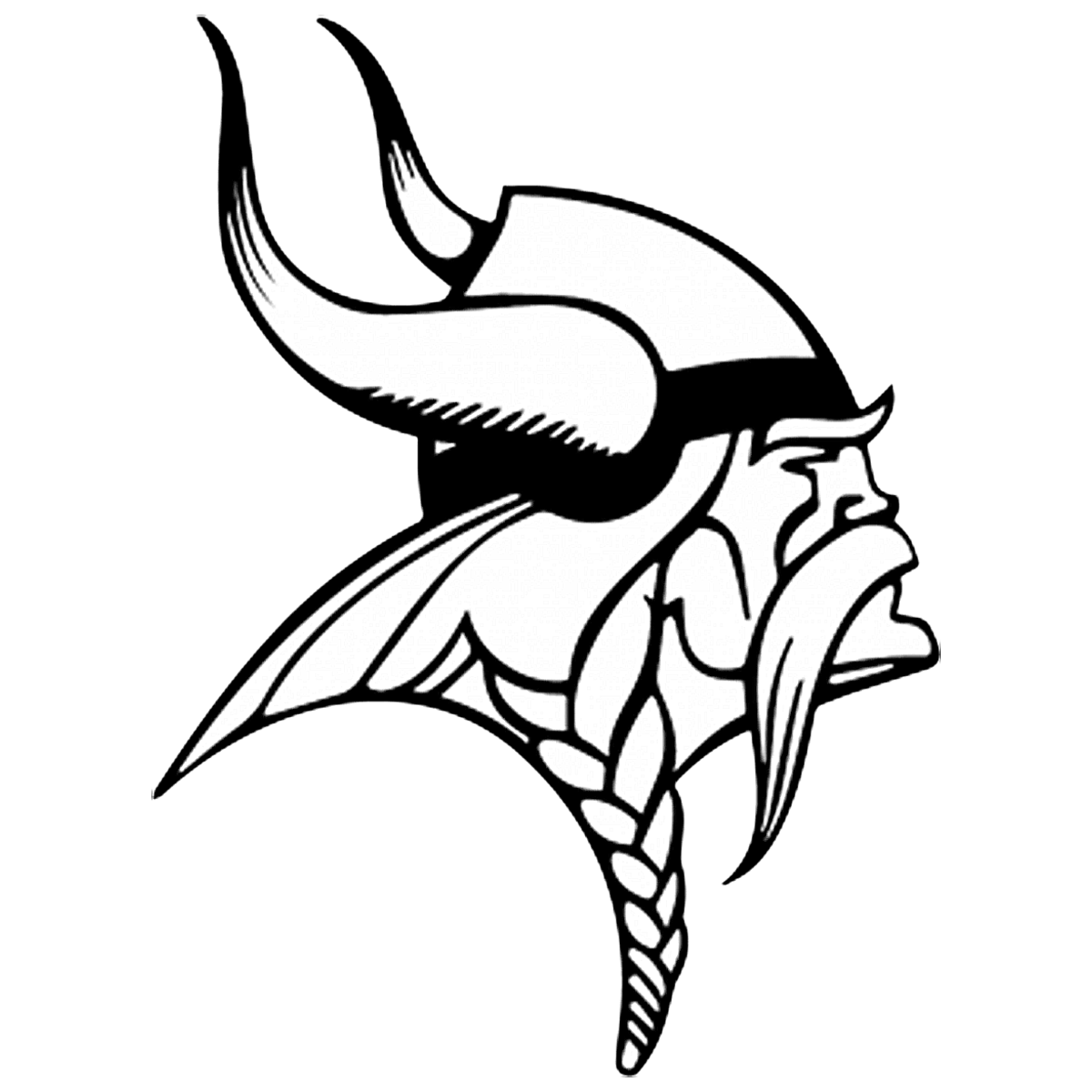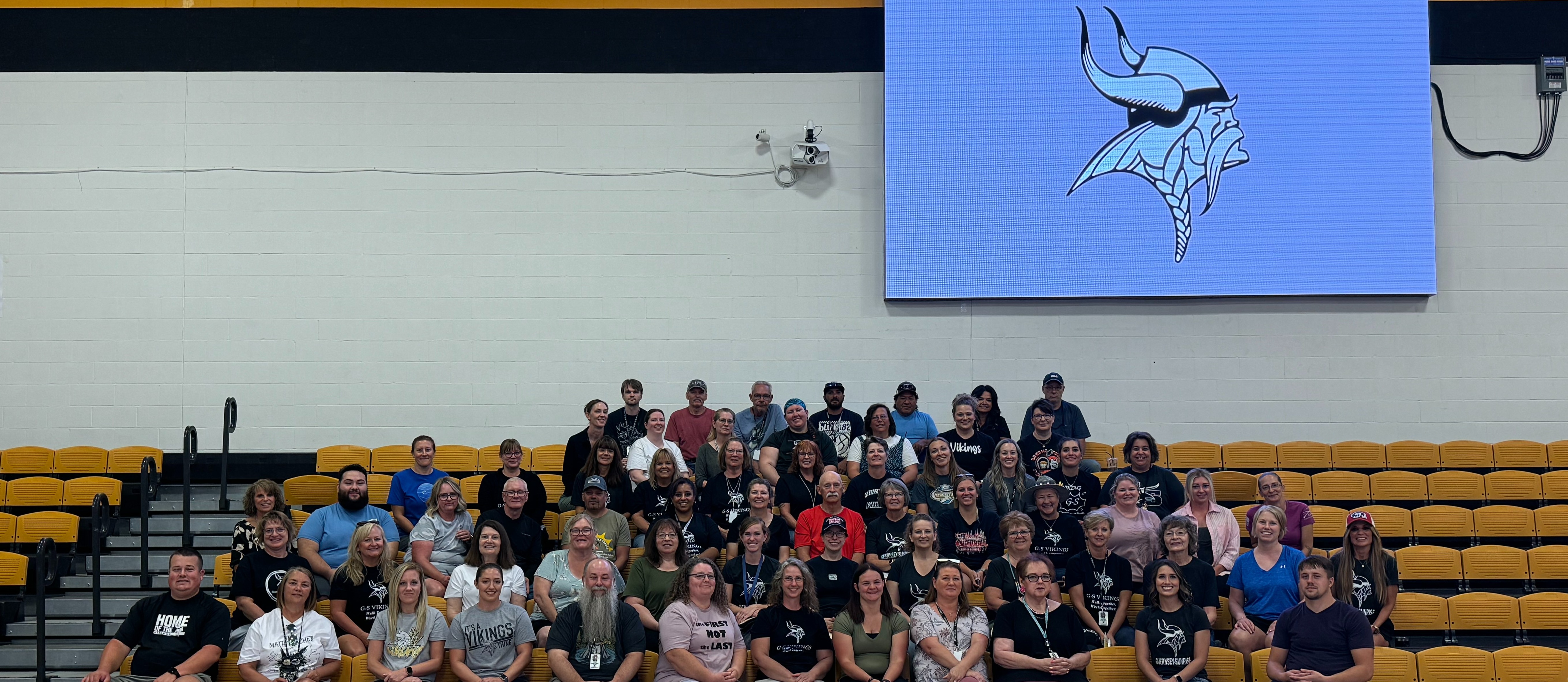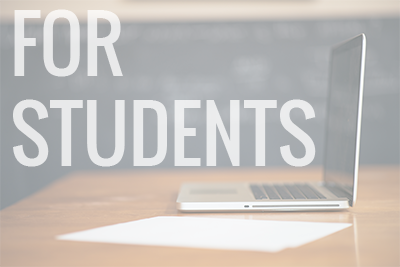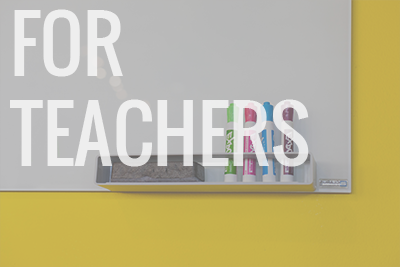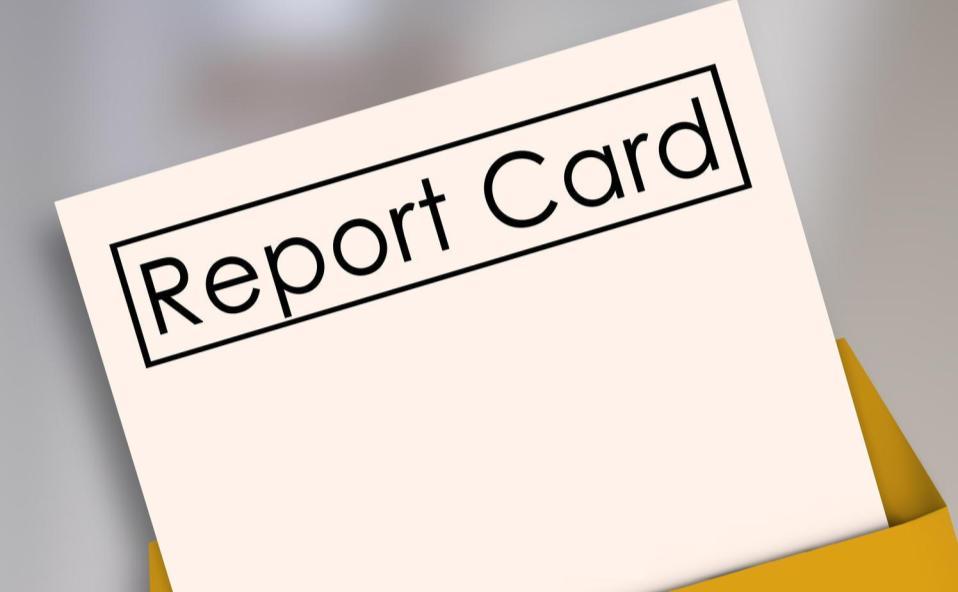WELCOME TO GUERNSEY-SUNRISE SCHOOLS!
HOME OF THE VIKINGS!
Our GS VISION:
“We are absolutely committed to preparing each student for the future.”
Our GS Mission:
“To improve the knowledge, skills, and attitudes of each learner, empowering individuals to grow into responsible, productive, global citizens.”
